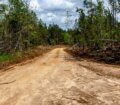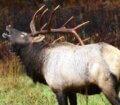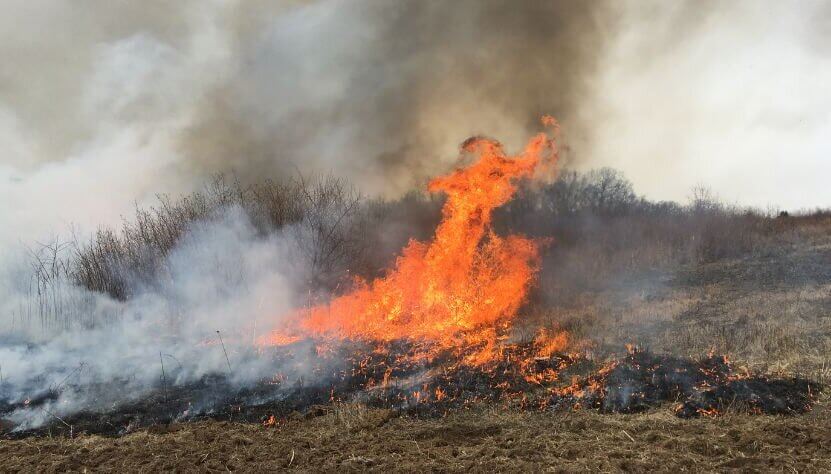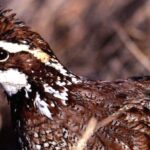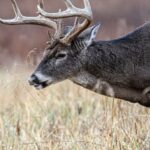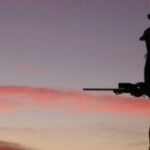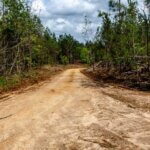Editor’s Note: Chuck Sykes, the Director of Wildlife and Freshwater Fisheries in the Alabama Department of Conservation and Natural Resources (DCNR), has realized the growing demand by public-land deer and turkey hunters to have opportunities to hunt lands intensively managed wildlife like owners manage their private lands. These strategies when used can help you improve the land you hunt, if you own the land or have the landowner’s permission to implement these land-management tactics. You may need several years to finance the cash to make these improvements over the next several years. Then you drastically increase the amount of wildlife on the properties you hunt and have a game plan for your land set in place.
If you understand the value of burning a part of your land each year to increase timber production, to prevent wildfires, and encourage new growth under pine stands, then if you’re leasing the land, talk with the landowner about using fire to improve the value of the land, increase the wildlife on the property, make the property more accessible and give it more eye appeal.
Drew Tincher, an Alabama wildlife biologist, emphasizes that “Turkeys like open places because that’s where they find green shoots, grass seeds, acorns and insects to eat. When there’s a fire regime, the turkeys will move out, and then as soon as the fire goes out, they’ll funnel back into those burn areas and feed on some of the burnt-up bugs and toasted seeds and nuts that will be exposed after a burn. You even may spot gobblers and hens out in a burn, while the burn’s still smoking.
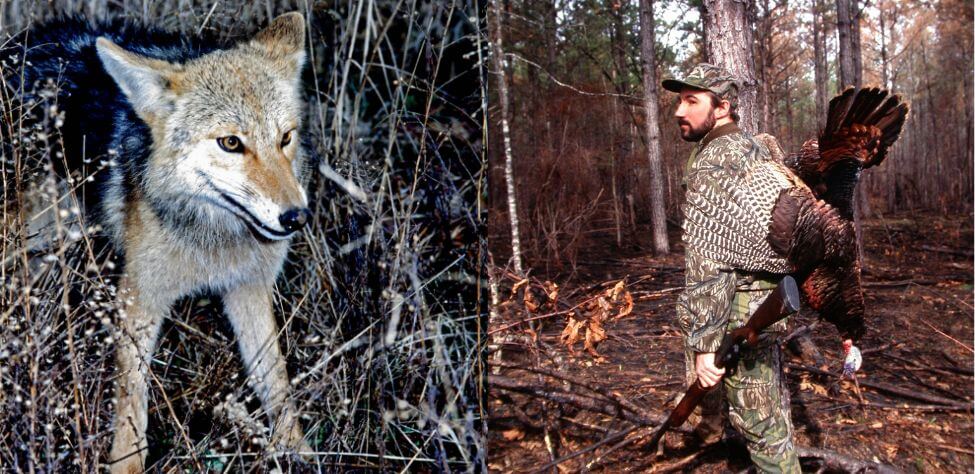
“Generally, February and March are when we burn thick areas of our hunting lands in Alabama to open up the woods to sunlight and to create wildlife openings where turkeys, quail, and deer can feed. After the burn, just as spring begins, young sprouts, native grasses, and bushes will begin to grow. That new growth is preferred by turkeys and their poults and deer and also provides insects and bugs for them. Also, often next to a burn will be a fairly-thick area where turkeys, quail, and other ground-nesting birds can nest.”
Courtney Conring, another Alabama wildlife biologist, emphasizes that “Burning resets Mother Nature’s plan for plant succession, by clearing the understory and releasing native grasses and shrubs in the soil bank. The DCNR does fall discing along roadsides, which is another form of resetting Mother Nature to promote successful plant growth. Successional habitat on public-hunting grounds – like weeds, forbs, grasses, briars, and other green plants – next to hardwoods will give turkeys and quail places to rest and nest on the edges of the hardwoods.”
By managing the wildlife and the land through burning, mulching, controlling predators, removing non-commercial trees, leasing farming rights, planting green fields, and maintaining roads, you can manipulate habitat for deer and turkeys and open up your land for quail and woodcocks to provide maximum wildlife production. You can check out the Invasive Plant Atlas (https://www.invasiveplantatlas.org) for more information about invasive plants that may impact your land.

How to Hunt and Take Big Buck Deer on Small Properties
In this book, you’ll hear from 14 hunters who either have gained permission or leased properties as small as six acres to as much as 250 acres, and how they consistently take older-age-class bucks off these little lands.
VERSIONS: AUDIBLE, KINDLE & PRINT

Jim Crumley’s Secrets of Bowhunting Deer
Using a black magic marker and a gray work jumpsuit, Jim Crumley of Buchanan, Virginia, drastically changed the nature and purpose of hunting camouflage when he created the first sportsman’s camouflage – Trebark. Crumley’s love of bowhunting and his desire to be more invisible changed hunting clothing forever.
In this hunting guide, he shares the wisdom that he’s learned throughout his lifetime about how to be a hunter, how to find a deer lease, how to scout for deer, and more.
Special features include how to:
- Have a magic 60 acres to hunt
- Decide the best equipment to use
- Find deer year-round
- Locate land to hunt
- Know the best place to put your tree stand
- Get bucks within bow range
VERSIONS: AUDIBLE, KINDLE & PRINT

How to Hunt Deer Like a Pro
How do you know if the land you hunt has a trophy deer on it? Wildlife manager Bob Zaiglin, of Uvalde, Texas and Jim Crumley, the father of modern-day hunting camouflage, tells you how to find out. GPS can make finding and taking that trophy buck easier. This hunting guide will teach you how to hunt big bucks where no one else can find them, how to call deer, and how to become versatile as a deer hunter, so that if one deer tactic doesn’t work, another one will.
In the chapter, “How to find Bucks at Scrape,” Dr. Keith Causey, retired professor of Wildlife Science at Auburn University, describes the best way to hunt a scrape.
Brad Harrison of Neosho, Missouri, is a nationally-known videographer, professional deer hunter and master at calling deer. Another master is Will Primos of Primos Game Calls. These two experts will tell the best deer calls and when to use them in this book.
And for over 20 years, Bo Pitman, lodge manager of White Oak Plantation, has been studying deer movement patterns. He explains what types of conditions are best for predicting deer movement.
VERSIONS: AUDIBLE, KINDLE & PRINT

Deer hunting and deer hunters are drastically changing each year. To learn new techniques for hunting deer and have more places to hunt, I’ve interviewed some of the best deer hunters in the nation and share their tactics in How to Hunt Deer Like a Pro: Volume II.
In Chapter 10, Jacob Lamar tells you his tactics for consistently taking older-age-class bucks on public lands in several states. Chapter 11, Bob Walker explains how to find places on public lands where you can hunt that 99 percent of the other hunters never have considered hunting. The Bonus Chapter with David Ramey tells you how, where, when and with what equipment to take big Kansas bucks on public lands by hunting in 100-degree weather when others won’t hunt.
Chapter 13, Mark Drury, his family and his guests take mature bucks every season by having more small places to hunt rather than one large property. Drury explains the strategy of having satellite farms to hunt that only may be 50-150 acres each or less. Chapter 15, Pat Reeve, who hunts far-northern states and Canada, says, “I don’t like hunting for mature bucks until the weather is 20 degrees or less.” Chapter 4, Dr. Larry Marchinton says that funnels are the most-reliable stand sites to hunt for big bucks and tells why.
VERSIONS: AUDIBLE & PRINT

